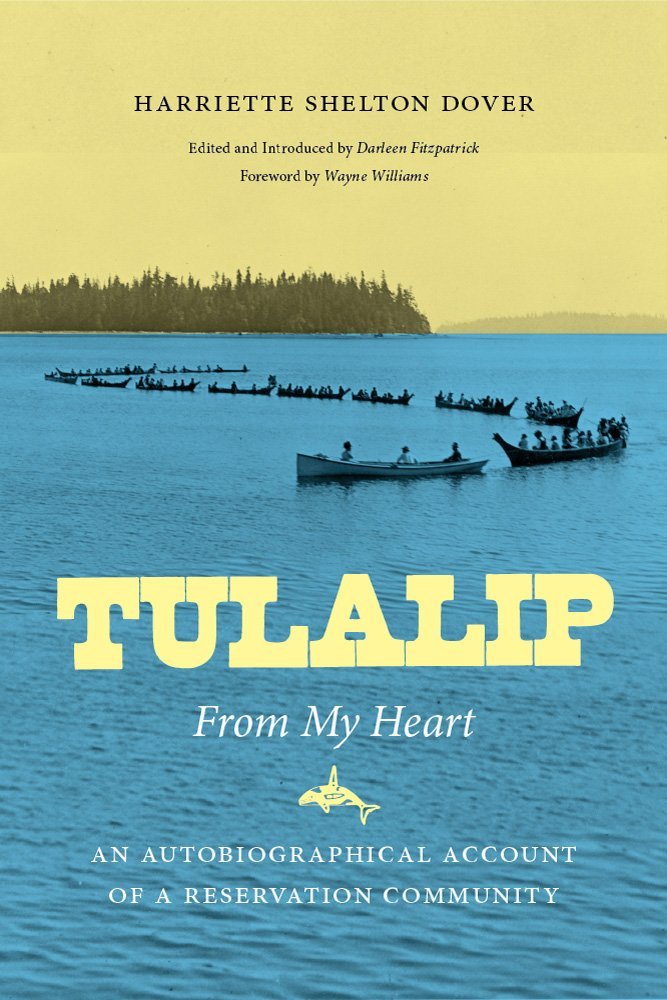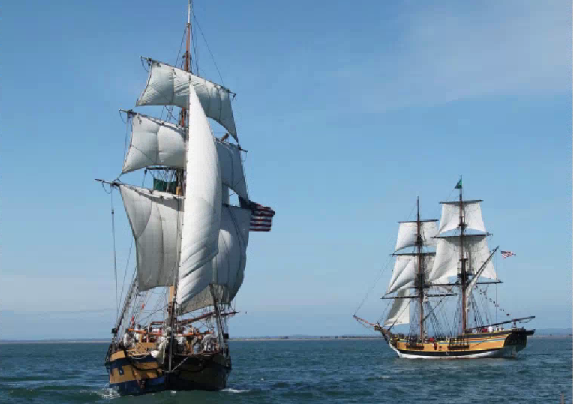Gale Courey Toensing
In a few short weeks, a 100-foot tall tipi will once again rise up at Place des Festivals, the main square smack in the middle of downtown Montreal, in preparation for the 23rd First Peoples’ Festival.
This year’s festival will take place July 30 through August 5 at Place des Festivals and various sites around the city, as well as across the St. Lawrence River on Mohawk territory at Kahnawake. The giant tipi anchors a state-of-the-art sound system and stage where concerts take place, films are screened, and dancers and other performers entertain and educate thousands of people who come to the festival.
André Dudemaine (Innu), the co-founder, president and artistic director of the First Peoples’ Festival, described this year’s program for the Présence autochtone—the French name for First Peoples’ Festival—in a media release.
“This is a cultural event that, as its name indicates, is a presence, and a constant one,” Dudemaine said. “Our festival’s 23rd edition flows from a far more ancient presence and constancy, the millennial cultures of the original peoples of this part of the planet. Despite many efforts to erase these peoples’ indelible mark or relegate them to invisibility, a festival in Montreal can still bear the name Présence autochtone, in dignity and pride.”
The hatchet, Dudemaine noted, has become a metaphor that hits hard and loud—artistically—in the films, poetry, paintings, sculpture and other visual arts, literature, music, legends, stories and history expressed and displayed during the weeklong indigenous celebration.
The First Peoples’ Festival began as a celebration of indigenous filmmaking, and that tradition continues to play a major role in the festival, with numerous screenings throughout the week. Indeed, the festival maintains perhaps the largest archives of indigenous films searchable at http://www.nativelynx.qc.ca/en/filmo.html.
This year’s festival will open with the world premiere of filmmaker Pierre Bastien’s Paroles amérikoises, the opening film, which will be shown on July 30 in the Grand Bibiliothèque auditorium. The film is about Innu poet Rita Mestokosho and the poets she has summoned to Ekuanitshit (“where things run aground”), an Innu community of just over 500 people who were transferred by the federal government to the remote reserve at the confluence of the Mingan River and the Gulf of Saint-Lawrence.
Mitchif (a world premiere) by André Gladu, celebrates the memory of the Métis heroes Louis Riel and Gabriel Dumont. Xingu is a Brazilian feature based on the lives of the Boas brothers, veritable South American Schindlers who saved many lives by creating the first officially recognized Indian territory in Brazil. Heart of Sky, Heart of Earth, a sumptuous German production on contemporary Maya cosmovision facing off against the destruction of natural spaces and the hope of the new era that has just begun. Two other not-to-be-missed feature films are Polvo, a story of revenge and rough justice in post-civil-war Guatemala, and the Argentine film Belleza, a diabolical intrigue involving three women—the mother, the daughter and the young Indigenous housemaid.
Poet-singer-songwriter-film director Richard Desjardins will perform l’Existoire ultime (Ulimate Existence) in his last concert before taking an extended leave from performing. Inuit musician Beatrice Deer will open the concert on August 3 at Club Soda, a legendary Montreal music venue that hosts international performers. Two major free concerts are also on tap.
“Fiddle No More is a war cry to say out loud that the bullshit is over and that Amerindians are here to stay and that their presence will be felt with even more strength and determination,” Dudemaine said. The concert will feature rockers CerAmony and Digging Roosts on August 1. The next night Électrochoc zaps the crowd with vibrant music. On August 3, all traffic stops on St. Catherine Street, the main thoroughfare of downtown Montreal, as the Nuestramericana friendship parade takes place, with Indigenous Peoples from all over the western hemisphere marching and dancing to drums. (Related: Video: UNDRIP Parade at the Montreal First People’s Festival)
Other festival happenings include a discovery tour showcasing Aboriginal Montreal; a photo exhibition of the Long Walk of Innu women to Montreal for Earth Day 2012; Inuit sculptors at work on the plaza; a cinema space in a Longhouse where the people can discover works by young First Nations filmmakers; an indigenous food stand, and a fun introduction to archaeology for kids. Finally, the festival will close with the Canadian premiere of Winter in the Blood, an adaptation of the Blackfeet writer James Welch’s novel.
For more, see the full calendar of First Peoples’ Festival activities.
Read more at https://indiancountrytodaymedianetwork.com/2013/07/08/montreals-first-peoples-festival-fun-almost-here-150290















